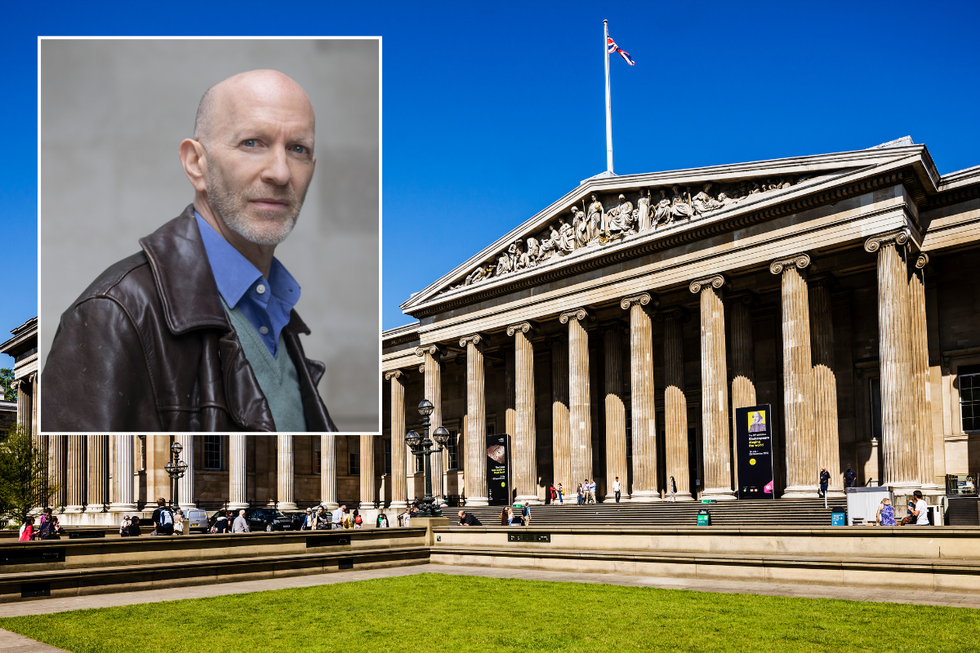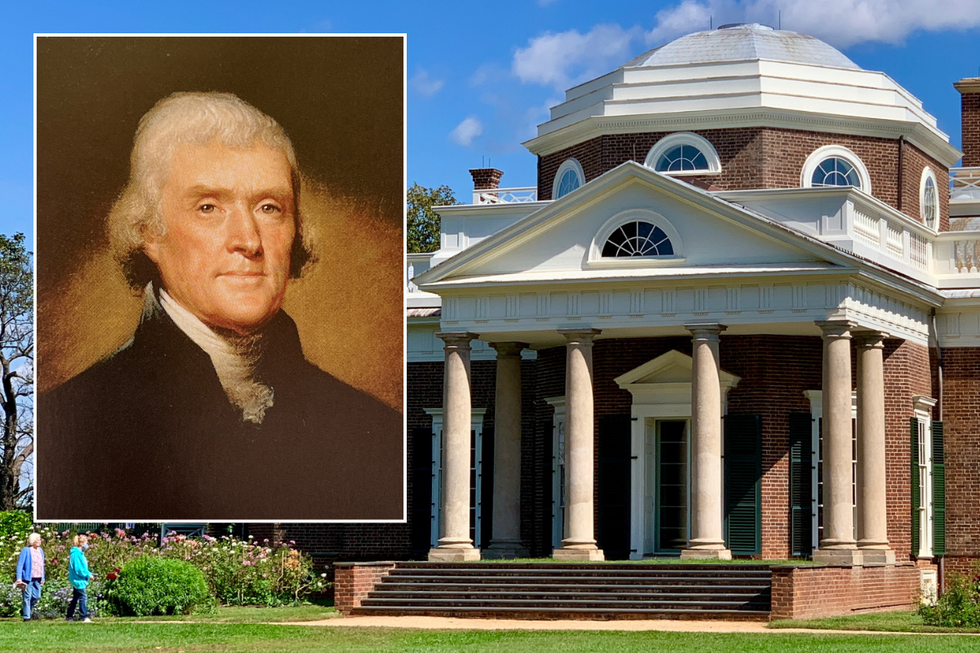WATCH NOW: Jacob Rees-Mogg and Imarn Ayton debate reparations
GB News
One expert cited Thomas Jefferson as an example of how intricate the history of slavery can be
Don't Miss
Most Read
Trending on GB News
Museum displays which have become “completely dominated” by the issue of slavery have been blasted as “humdrum” by a top historian.
Simon Sebag Montefiore said displays' persistent preoccupation with the topic has led to exhibitions becoming "completely dominated" by the subject.
"Every institution in Britain is now spending millions producing more reports on connections of patrons and British aristocracy with slavery," he said.
"This is now no surprise even for people who didn't know before – there are no revelations," he added, speaking at a Times and British Museum debate.

Simon Sebag Montefiore said displays at some museums have become "completely dominated" by the subject of slavery
GETTY/PA
The historian also criticised the "jargon" used in museum captions about slavery, saying certain words are "constantly used" and "out of date".
Montefiore - a trustee at the National Portrait Gallery - questioned whether slavery connections need to be mentioned on every historical portrait, saying: "Anyone who was in the establishment, who had made money, who was in the aristocracy at that time had some connection to slavery, to sugar."
"Everybody had some connection so does that mean that one has to mention it on every single portrait?"
He suggested museums do not need continue this approach forever, saying: "The work has all been done now. We don't need to go into a permanent cultural revolution."
MORE LIKE THIS:
- ‘Woke’ National Trust SLAMMED for ‘dereliction of duty’ and ‘obsession with slavery’ after controversial decision
- Lammy 'to open slavery reparations' talks after Caribbean ex-colonies demand £18trillion
- Nottingham University blasted for 'inherited slavery guilt' despite being founded 47 YEARS after practice abolished
Historian Tom Holland also addressed Tate Britain's comprehensive rehang unveiled in 2023 which drew criticism for texts that some felt overemphasised slavery at the expense of other historical aspects.
He also noted that the displays in Tate Britain are "comically out of date" and "read like they were written in 2020" when the Black Lives Matter movement grasped the US.
Artist Grayson Perry acknowledged the need for museums to update their displays although he warned against an overly political approach, saying that there was a "need to rebalance" the way displays are curated.
He added that any political engagement with culture culminates in a "scoldy", "finger-waggy" tone, urging museum exhibitionists that viewers desire enjoyment, rather than guilt.
Montefiore used the museum at Thomas Jefferson's former home as an example of excessive focus on slavery, claiming that "some of the captioning now is completely dominated by slavery" at the site.

While Jefferson was a slave owner, he was also "a great man of letters and a great politician" - a legacy which was being overshadowed by "the fashion or fascination with slavery"
GETTY
While Jefferson was a slave owner, he was also "a great man of letters and a great politician" - a legacy which was being overshadowed by "the fashion or fascination with slavery".
Montefiore suggested Jefferson's relationship with a slave illustrated how museums could present slavery in more nuanced ways.
He explained how, after his wife died, Jefferson brought a 14-year-old girl - who had previously been his wife's slave - to France during his time as ambassador to the nation.
The Founding Father subsequently had six children with the girl.
Montefiore insisted that stories like this provide an example of the complexities of slavery and that modern museum captions must reflect such intricacies.
"What you want to discover when you read captions about slavery is how complicated this was, and what this world was," he declared.







